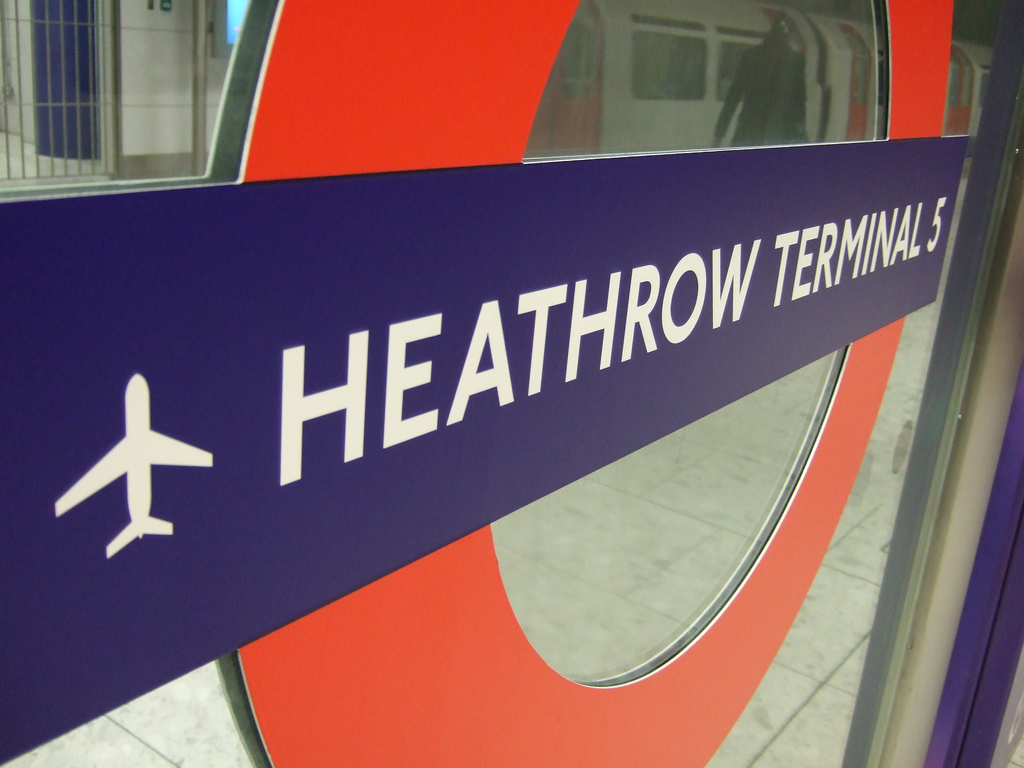Passenger demand to rise by a third through 2017, airlines say


Airlines expect a 31 percent rise in passenger demand from 2012 to 2017, pushed forward by growth in Asia.
According to the International Air Transport Association's (IATA) latest Industry Forecast -- 2013-2017 -- airlines expect passenger numbers to rise to 3.91 billion by 2017, an increase of 930 million passengers over the 2.98 billion carried worldwide in 2012.
Demand is expected to expand by an average of 5.4 percent as a compound annual growth rate between 2013 and 2017. In comparison, global passenger growth expanded by 4.3 percent between 2008 and 2012, which the study says largely reflects belt-tightening during the 2008 global recession.
Of new passengers expected, roughly 292 million will be carried on international routes, and 638 million on domestic routes. IATA expects the strongest growth rates to appear in the Middle East and Asia-Pacific region, followed by Africa and Latin America.
Asia-Pacific passenger traffic is forecast to grow at by 5.7 percent, representing 31.7 percent of global passengers in 2017, up from 28.2 percent in 2012. IATA predicts that North America and Europe will continue to see their share decline, from 26 percent and 24 percent respectively, to 24 percent and 23 percent.
However, routes within or connecting to China are predicted to be the single largest driver of growth, accounting for 24 percent of new passengers. The U.S. will continue to possess the largest single market for domestic passengers -- with 677.8 million fliers in 2017 -- but will contribute only 70 million new passengers over the forecast period. China comes second for domestic flier rates, and Brazil is expected to grow to accommodate 122.4 million passengers in 2017, an increase of 32 million passengers from roughly 90 million in 2012.
Tony Tyler, IATA’s Director General and CEO commented:
"The fact that the Asia-Pacific region -- led by China -- and the Middle East will deliver the strongest growth over the forecast period is not surprising. Governments in both areas recognize the value of the connectivity provided by aviation to drive global trade and development. Similar opportunities exist for developing regions in Africa and Latin America.
To reap the benefit, governments in those regions will need to change their view of aviation from a luxury cash cow to a utilitarian powerful draft horse to pull the economy forward."
Via: IATA
Image credit: Flickr
This post was originally published on Smartplanet.com